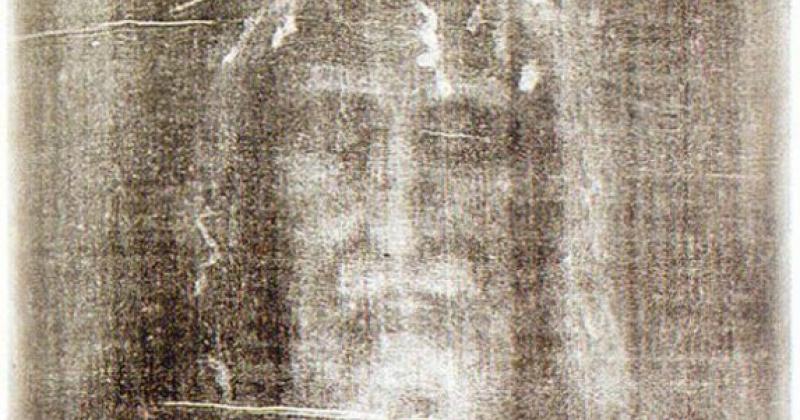Those who will be attending the 2015 Ostension are well aware of the fact that the image they will have before them for just a few brief instants is the subject of much controversy and discussion. But this is not going to stop hundreds of thousands of people from considering the journey to Turin worthwhile.
“Let us therefore allow ourselves to be reached by this look, which is directed not to our eyes but to our heart. In silence, let us listen to what he has to say to us from beyond death itself. By means of the Holy Shroud, the unique and supreme Word of God comes to us: Love made man, incarnate in our history; the merciful love of God who has taken upon himself all the evil of the world to free us from its power. These words, which Pope Francis pronounced on the occasion of the television exposition of the Shroud in 2013, are a key to understanding what is shortly going to be experienced in Turin in the coming weeks. As was the case during previous Ostensions, a constant flow of pilgrims will be filing past the linen sheet which depicts the figure of a tortured, whipped and crucified man, matching exactly the Gospels’ description of what happened to Jesus of Nazareth.
Not all of the hundreds of thousands of people from all over Italy and the rest of the world who will come to Turin to spend a few moments in front of that mysterious icon of suffering, are naive or ill-informed. Many of them know about the controversy surrounding the Shroud, the debatable radiocarbon dating that dates it back tot he Middle Ages, the lack of sound historical information about the sheet before it appeared, the debates of scientists and experts, the tough confrontation between those who claim it is the real thing, the original burial sheet used to wrap the body of Jesus of Nazareth in Jerusalem around 30 AD and those who say it is a Medieval artefact. Those who will be attending the 2015 Ostension on the occasion of the bicentenary of Don Giovanni Bosco are well aware of the fact that the image they will have before them is the subject of much controversy and discussion. And yet they still believe that this chance to see the image of the man on Shroud is worth the trip; those signs of violence and torture, but also the profound serenity on that face with the closed eyes, a symbol of the silence of Holy Saturday and a prelude to Easter Sunday; to see the traces of blood, the wounds caused by 120 blows of the whip that tortured every inch of the man’s body, the rivulets of arterial and venous blood that dripped from the head that was pierced by hundred of thorns, the abrasion on the shoulders where the patibulum rested, the horizontal arm of the cross, the punctures in the hands and feet caused by nails, the large wound around the rib cage which oozed blood and serum; to see the faintest yellowed image of the crucified man’s entire body, which remains a mystery to this day. A mystery which leaves just enough light at the end of the tunnel for those who want believe and enough darkness for those who do not. This is the way of the Christian God after all.
“We do not merely ‘look’,” Francis said back in 2013, “but rather we venerate by a prayerful gaze. I would go further: we are in fact looked upon ourselves. This face has eyes that are closed, it is the face of one who is dead, and yet mysteriously he is watching us, and in silence he speaks to us. How is this possible? How is it that the faithful, like you, pause before this icon of a man scourged and crucified? It is because the Man of the Shroud invites us to contemplate Jesus of Nazareth. This image, impressed upon the cloth, speaks to our heart and moves us to climb the hill of Calvary, to look upon the wood of the Cross, and to immerse ourselves in the eloquent silence of love.”
The face of the man on the Shroud, Francis had concluded, resembles “all those faces of men and women marred by a life which does not respect their dignity, by war and violence which afflict the weakest … and yet, at the same time, the face in the Shroud conveys a great peace; this tortured body expresses a sovereign majesty. It is as if it let a restrained but powerful energy within it shine through, as if to say: have faith, do not lose hope; the power of the love of God, the power of the Risen One overcomes all things.” It is this energy and this hope that make the icon of the man on the Shroud even more attactive for men and women in 2015, two millennia after the events which took place in Jerusalem that Easter.
